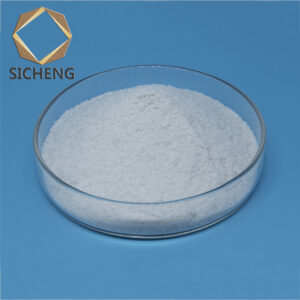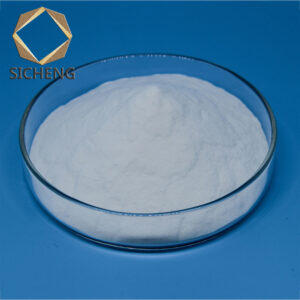White corundum sandblasting can make the surface to be cleaned reach the required cleanliness and surface roughness at the same time, and improve the adhesion of the coating on the substrate. No matter how good the coating is, if it is not treated for a long time, the time it can adhere to the surface of the workpiece will be reduced.
In the effect of white corundum sandblasting, the effect of surface pretreatment we expect is to clean the surface and convert the surface layer into the roughness required by the coating. White corundum abrasive sandblasting effect and principle After the surface of the steel part treated by sandblasting is coated with a good performance industrial coating, its life can be much higher than the coating of the same quality on the surface treated by other methods.
Another advantage of sandblasting is that the surface of the workpiece with an uneven surface can be smoothed by it. Simply put, the purpose of sandblasting is to smooth the rough surface, but the rough surface needs to be cleaned up before sandblasting.
The role of sandblasting is very large. Everyone knows that the development of the steel industry is the top priority of economic development, but the development of the steel industry is inseparable from abrasives, because the steel produced by current technology will rust after long-term use. If the rust is not cleaned in time, the workpiece will be scrapped, so everyone should pay attention to the importance of sandblasting.
The specific operation steps of white corundum sandblasting are introduced.
White corundum sandblasting is to make the surface of the cleaned object obtain a certain degree of cleanliness and roughness. The roughness can improve the adhesion of the coating on the surface of the object, so that the coating can be closely combined with the surface of the object and not easy to fall off. The coating cannot guarantee that it can adhere to the surface of the untreated object for a long time. Therefore, white corundum sandblasting can not only improve the roughness and adhesion of the surface of the object, but also greatly extend the service life of the surface coating.
Sandblasting work is divided into two steps: dust removal and sandblasting. Dust removal is an important part of sandblasting work. After starting the dust collector, negative pressure is formed inside the sandblasting equipment, and the air around the object to be sandblasted is sucked into the sandblasting cabin. Under the action of the circulating gas, the dust sucked into the sandblasting cabin enters the dust removal unit, and after being filtered by the dust filter bag, the dust falls into the dust collecting hopper. The clean air after filtration circulates into the white corundum sandblasting gun, accelerates and ejects the white corundum abrasive, and completes the sandblasting work. When sandblasting white corundum, try not to use a tungsten-carbon alloy spray gun. Instead, use a boron or silicon-carbon alloy spray gun. The reason is that white corundum has extremely high hardness, and the sandblasting equipment with lower hardness wears out faster.
The working principle of white corundum sandblasting seems very simple, but each step is very critical and necessary. If the surface of an object is directly sandblasted without dust removal, the adhesion life of the white corundum abrasive on the surface of the object will be greatly reduced, making it difficult to achieve the ideal use expectations.


